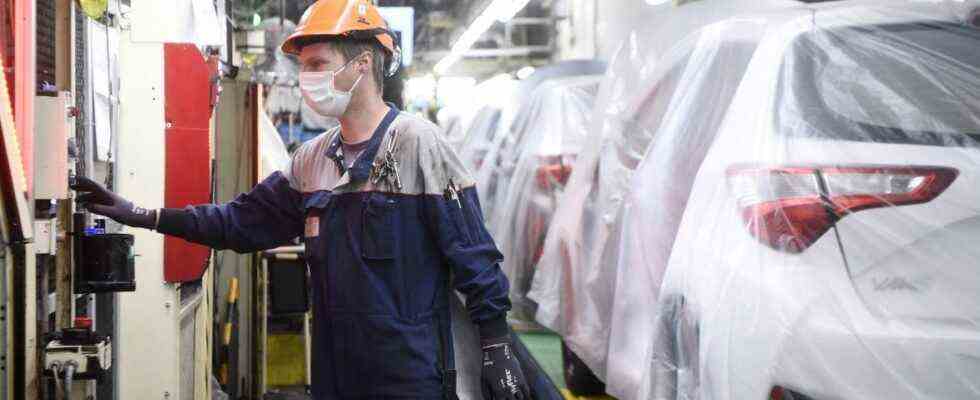Due to the lack of semiconductors, Toyota lowers its production target by half a million vehicles. Instead of the nine million vehicles previously forecast, the world’s largest automaker is now expecting 8.5 million vehicles for its fiscal year through the end of March. “We do not expect the imbalance in chip shipments to resolve quickly, and the trajectory of the coronavirus pandemic is unclear,” a company official said. “We believe that the uncertainty will continue in the next financial year.”
Toyota initially got through the chip crisis better than other car manufacturers, but recently had more and more problems to contend with. In addition to the lack of chips, Toyota also suffers from the corona restrictions in Southeast Asia. Operating profit fell 21 percent to 784 billion yen in the third fiscal quarter.
Operating profit was better than analysts polled by Refinitiv had expected. They had expected an average of 717 billion yen for the October-December period. However, the Japanese stuck to their profit target of 2.8 trillion yen (around 21 billion euros) for the year as a whole – that would be the highest profit in six years. Analysts expect even more. However, this is only possible because the weaker yen is driving up revenues abroad.
Toyota’s largest sales market is North America, where the group sold almost a third of its vehicles in the first nine months of its fiscal year. In the USA, Toyota replaced General Motors as market leader for the first time last year. Like other automakers, Toyota is benefiting from robust demand in key markets such as the United States, China and Europe. This makes it possible to push through higher prices and reduce discounts that manufacturers otherwise use to attract customers. The car manufacturers also use the scarce chips, above all, for high-margin vehicles.
Despite the ongoing shortage of chips and disappointing quarterly figures at the operational level, Japan’s second-largest automaker Honda is optimistic about the year as a whole. Honda now expects an operating profit of 800 billion yen (about 6.07 billion euros) for 2021/22 (as of March 31) instead of the previously promised 660 billion, as the group announced. In the third quarter, however, the decline in car sales due to the supply bottlenecks for semiconductors and higher raw material costs weighed on operating profit. Operating profit fell 17 percent to 229 billion yen at the end of December. However, Honda is sticking to its plan to sell 4.2 million vehicles in the current fiscal year.

